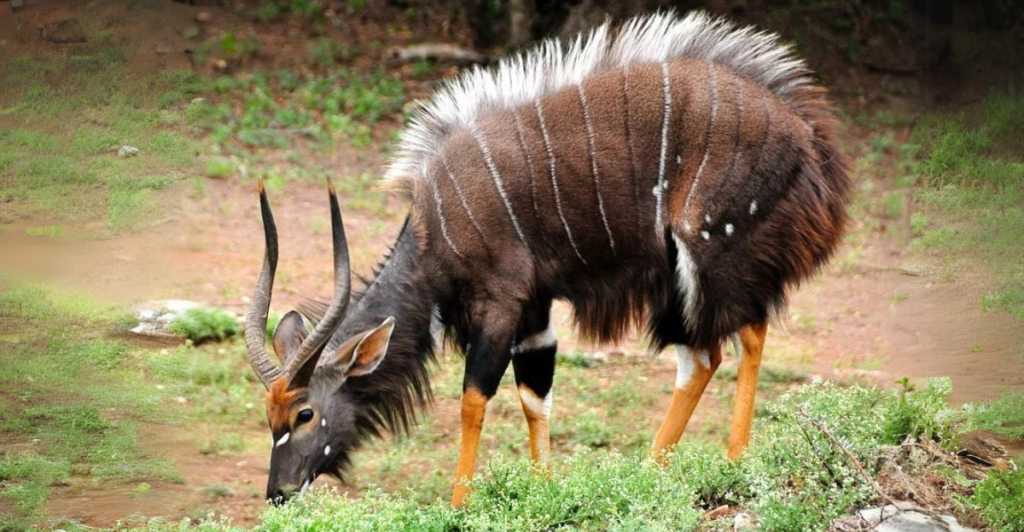
Zoologists have documented a variety of unique and rare species that many people may have never encountered or even heard of. These extraordinary creatures exhibit unusual physical traits or behaviors that make them fascinating to study. From translucent frogs to odd-looking fish, here are 12 rare animals that are a wonder of nature.
1. Glass Frogs
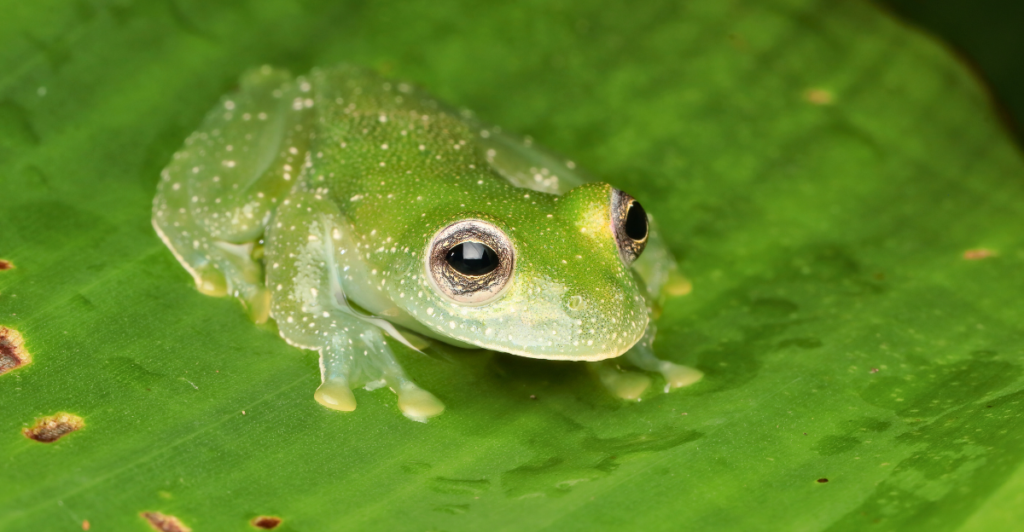
Glass frogs are known for their translucent skin, which makes them appear almost see-through. There are 60 different species of glass frogs found in Southern Mexico, Central, and South America, living primarily in tropical rainforests. These frogs are typically bright green or olive green in color, with transparent bellies. Depending on the species, glass frogs can range from 0.78 inches to 3 inches in length.
2. Lyrebirds
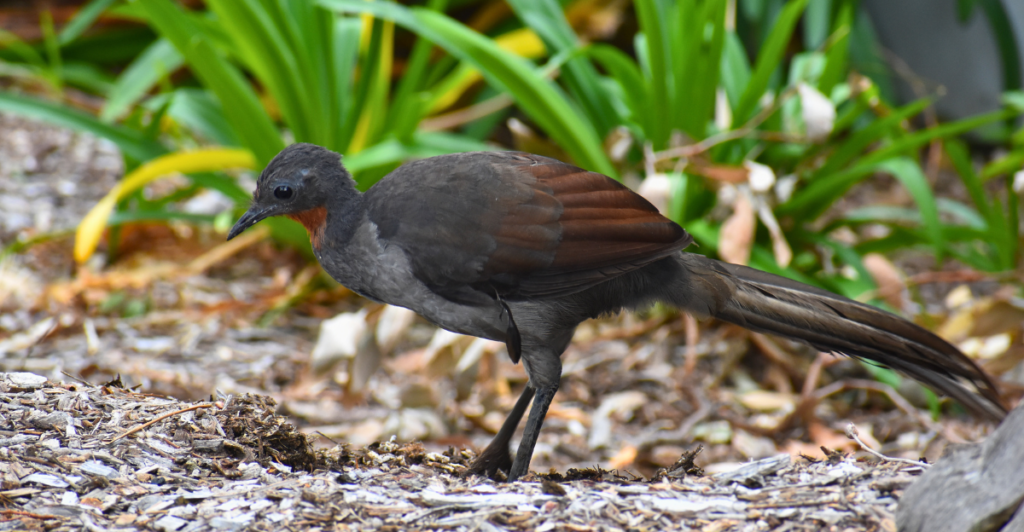
Lyrebirds, native to Australia, are renowned for their exceptional mimicry skills. There are two species: the Superb lyrebird and Albert’s lyrebird. The Superb lyrebird has long, curly tail feathers, while the Albert’s lyrebird lacks this characteristic. Lyrebirds can imitate various sounds, including chainsaws, car alarms, and even human speech. You can find these remarkable birds in the rainforests of Queensland and New South Wales.
3. Matamata Turtle
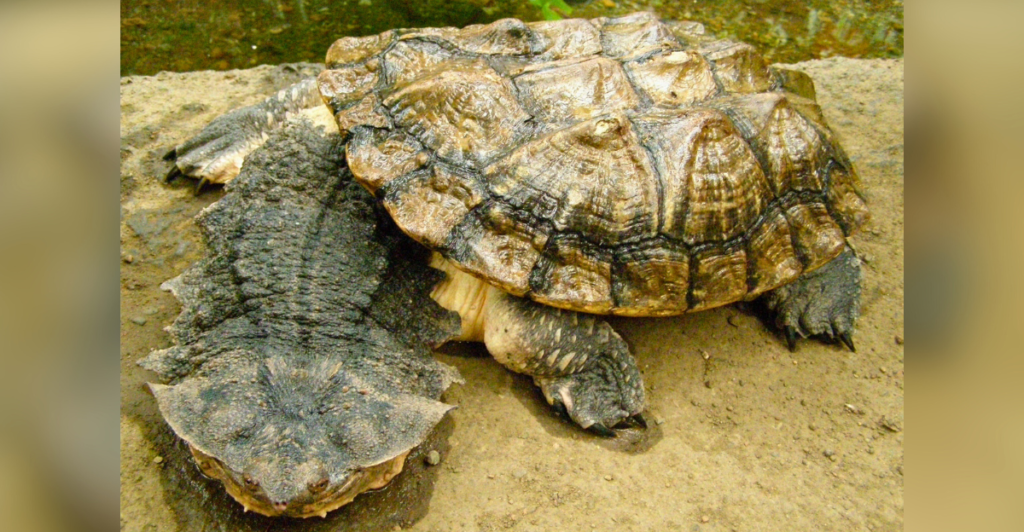
The Matamata turtle, found in South America, has a distinctive appearance with a flattened, triangular head and rough, bumpy skin. Its shell can be black or brown, and it is well-adapted for camouflage in slow-moving blackwater streams, rivers, and swamps. Matamatas spend most of their time underwater, coming to land only when they need to lay eggs.
4. Sugar Gliders
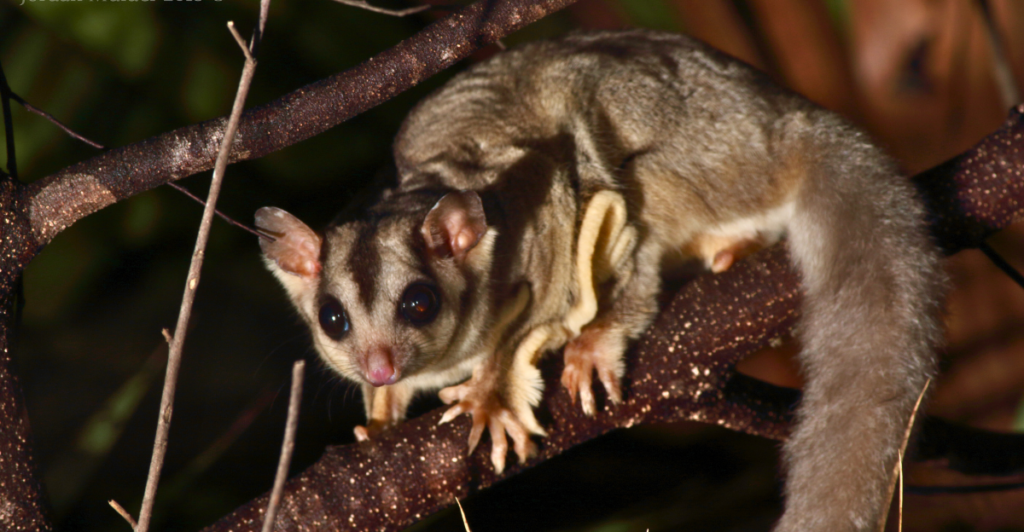
Sugar gliders are small, nocturnal marsupials that are known for their gliding ability, much like flying squirrels. These animals are omnivorous and are attracted to sugary foods, such as sap and nectar. The skin between their legs acts as wings to help them glide through the air, making them a fascinating sight in their natural habitat.
5. Red-Lipped Batfish
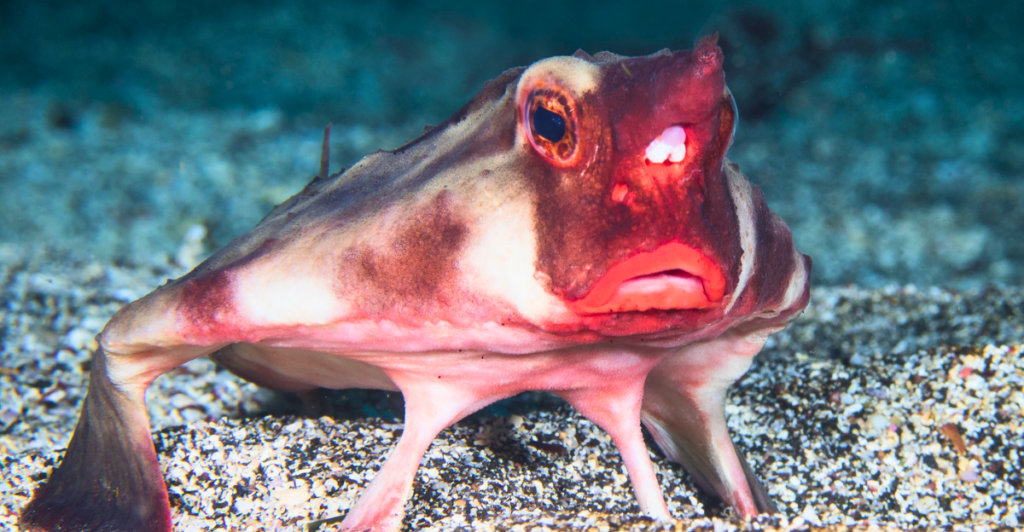
The red-lipped batfish, native to the Galapagos Islands, is an unusual-looking fish that resembles a bat. Its most striking feature is its red lips. Unlike most fish, the red-lipped batfish is not a good swimmer, so it “walks” along the ocean floor using its fins. These fish can be found in the Pacific Ocean, where they dwell at relatively shallow depths.
6. Pink Fairy Armadillo
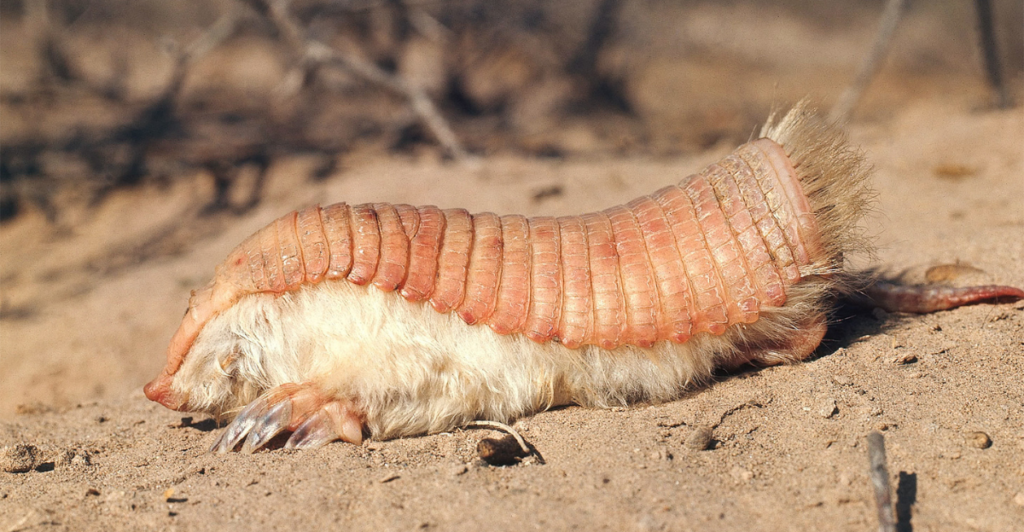
The pink fairy armadillo, the smallest species of armadillo, is known for its pink dorsal shell, which is separate from its body. This unique species is also known for its ability to quickly burrow underground, earning it the nickname “sand swimmer.” It inhabits the dry grasslands and sandy plains of Central Argentina.
7. Markhor
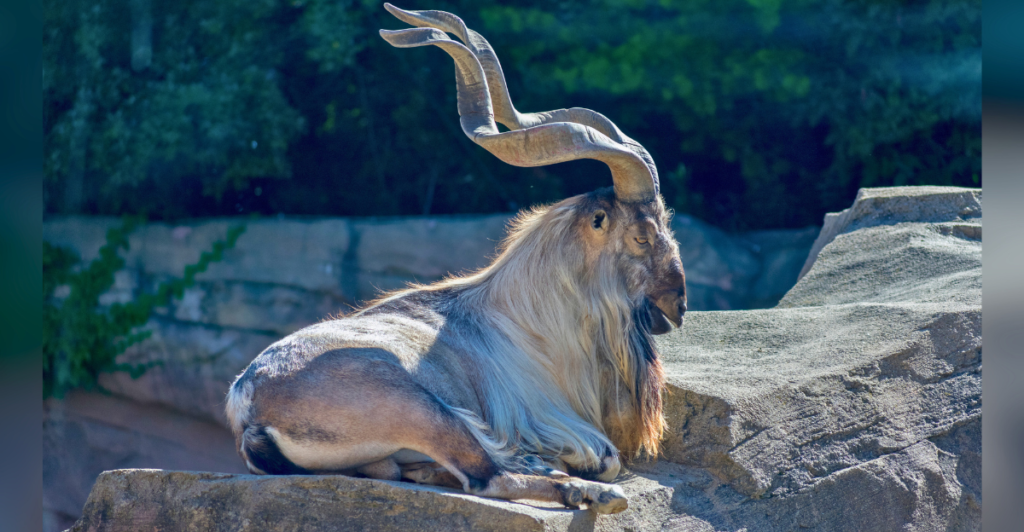
The Markhor is a wild goat found in the mountains of Central Asia, including parts of Pakistan, Afghanistan, Uzbekistan, and Turkmenistan. These goats are easily recognizable by their spiral-shaped horns, which are flared or straight depending on the individual. They prefer high altitudes in the summer and move to lower altitudes during the winter.
8. Leafy Sea-Dragon
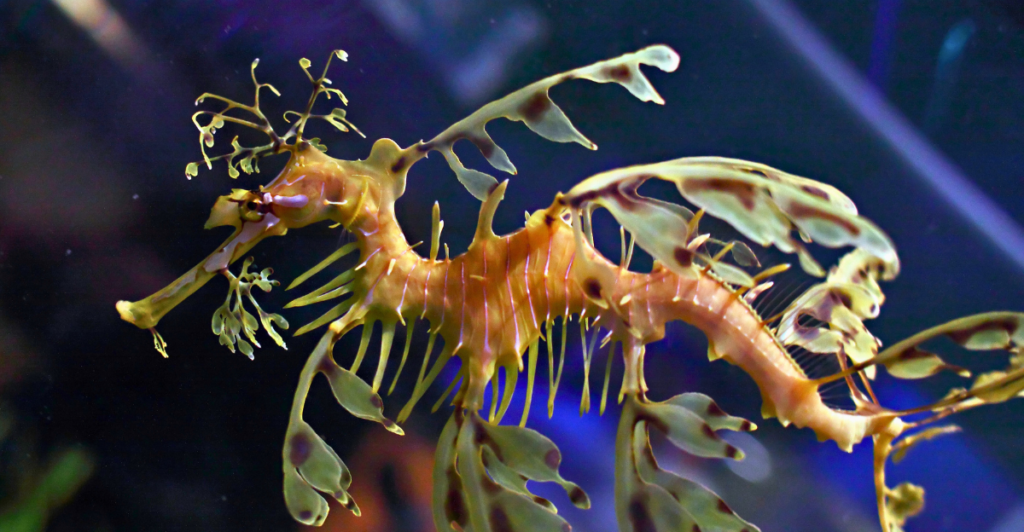
Closely related to the seahorse, the leafy sea-dragon is one of the most intricately camouflaged creatures in the ocean. Its body is covered in leaf-like appendages that allow it to blend in seamlessly with the seaweed in its habitat. Found along the southern and western coasts of Australia, these fascinating creatures are often considered a favorite of naturalists like Sir David Attenborough.
9. Sea Pen
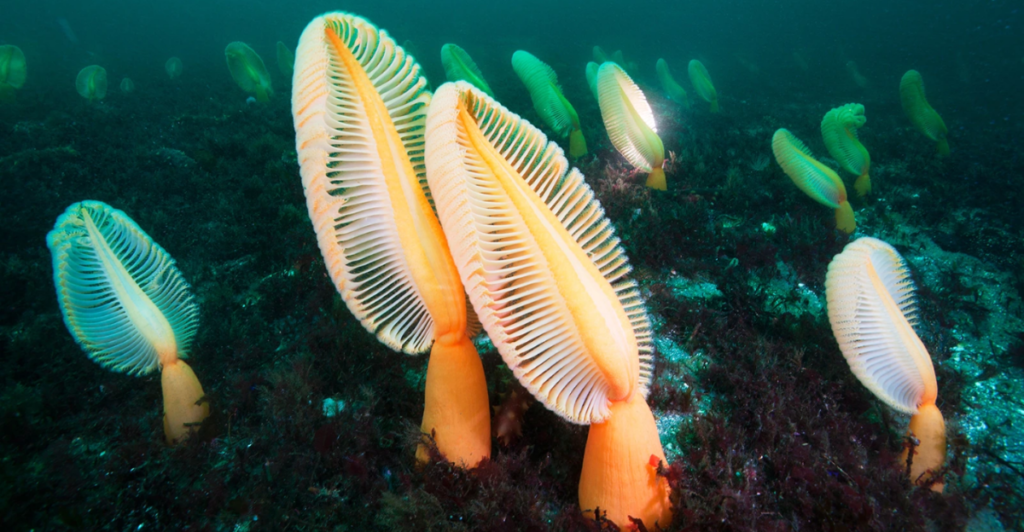
Sea pens are fascinating marine creatures named for their resemblance to old-fashioned quill pens. These colonial animals can grow up to 40 cm in height and come in colors like dark orange, yellow, and white. When disturbed, sea pens emit a bright greenish glow. They can be found in the Pacific Ocean, from the Gulf of Alaska to California.
10. Coatimundi
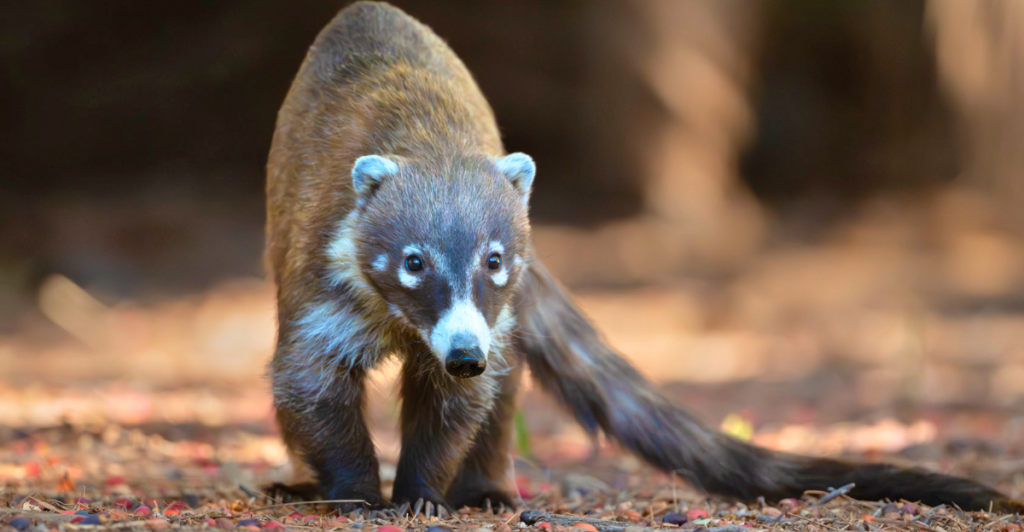
Related to raccoons and kinkajous, coatimundis, commonly known as coatis, are small, agile mammals found throughout the Americas. These animals are known for their long, flexible tails and elongated noses, which are slightly turned upward. Coatis are highly adaptable and can rotate their bodies up to 60 degrees, giving them excellent balance and agility.
11. Blobfish
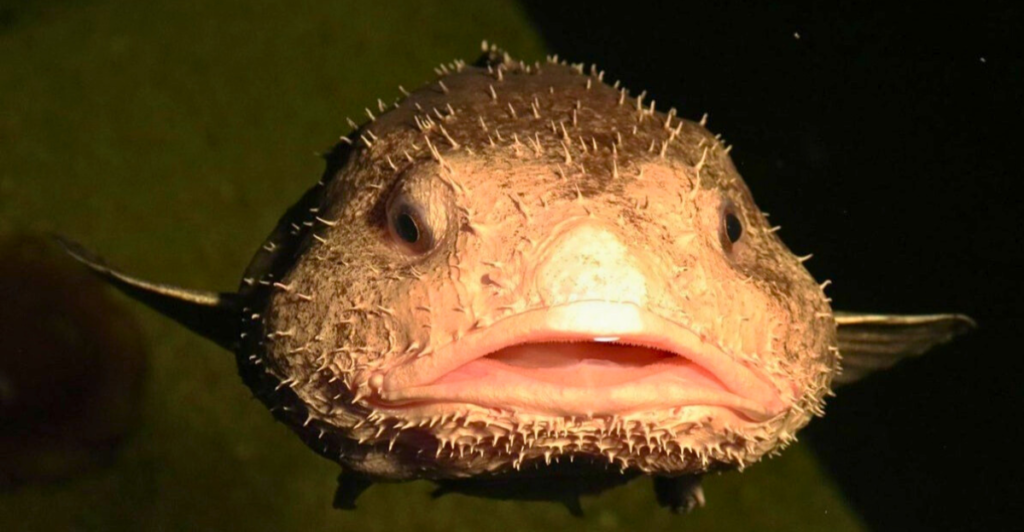
The blobfish is a deep-sea fish that resides in waters off the coasts of Australia, New Zealand, and Tasmania. It has a gelatinous, blob-like appearance, which helps it maintain buoyancy in deep waters. The blobfish lacks muscles and typically floats with the current, feeding on whatever drifts in front of it. This fish is best known for its peculiar appearance when brought to the surface.
12. Aye-Aye
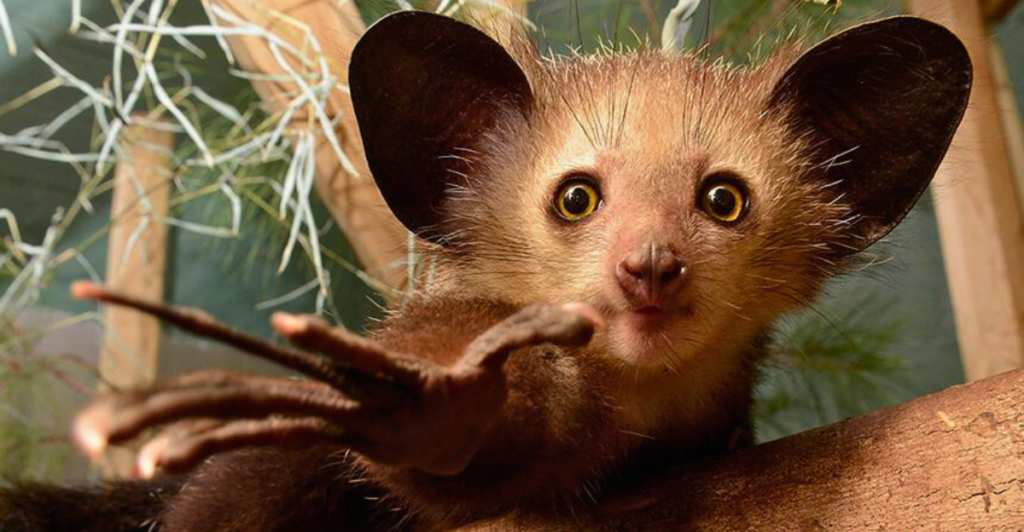
The aye-aye is a rare lemur species native to Madagascar. It is known for its distinctive appearance, with large bulging eyes, giant ears, and a long middle finger used to extract insects from tree bark. This nocturnal primate has rodent-like teeth that continue to grow throughout its life. While its unique method of finding food makes it fascinating, it is often misunderstood and considered an omen in Madagascar.
These rare and remarkable animals showcase the diversity of life on our planet. While many of them remain obscure to most people, they are an integral part of their ecosystems and offer valuable insights into nature’s ingenuity.
Discover more of our trending stories and follow us to keep them appearing in your feed

Meet the Massive Crocodiles That Make Their Homes 40 Feet Underground
America’s Top 13 Most Dangerous Rivers
10 American Islands Where Rare Animals Thrive in Isolation
8 Cool Wild Cats You Probably Don’t Know – Rarest Feline Wonders
Stay connected with us for more stories like this! Follow us to get the latest updates or hit the Follow button at the top of this article, and let us know what you think by leaving your feedback below. We’d love to hear from you!







